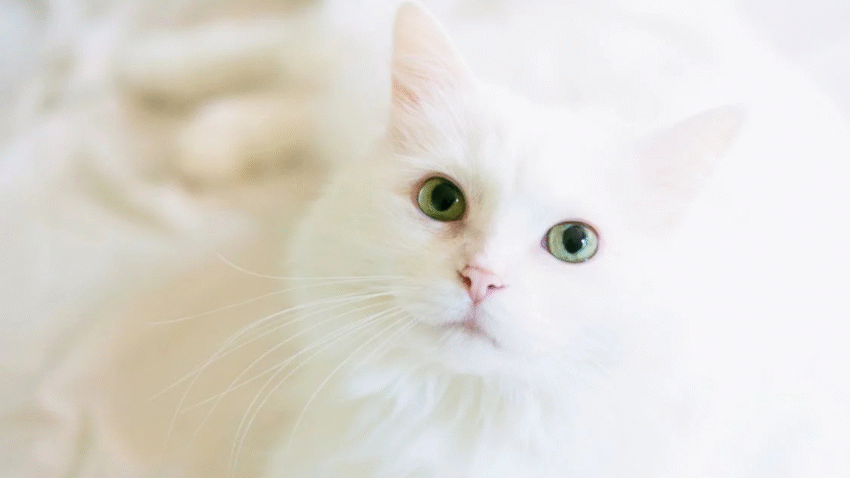Introduction
Does your cat suddenly bite your hands during what was supposed to be a fun play session? You’re not alone. Many cat owners struggle with playful biting that starts off harmless but can quickly become painful or concerning. In this guide, you’ll learn how to stop your cat from biting during play using safe, effective strategies.
Whether you’re dealing with a rambunctious kitten or a feisty adult cat, we’ll walk you through how to redirect this behavior and build a more positive bond.
Why Play Biting Happens in Cats
Play biting is a natural behavior in cats, especially in kittens still learning boundaries. But without proper guidance, this habit can continue into adulthood and lead to more serious biting.
Here’s why cats bite during play:
- Instinctual hunting behavior: Cats practice biting and pouncing as part of their natural predator instincts.
- Lack of social training: Kittens removed too early from their litter often don’t learn how to play gently.
- Overstimulation: Fast or aggressive petting can cause sensory overload, resulting in a quick bite.
- Inappropriate play methods: Using hands as toys teaches cats that fingers are fair game.
By understanding the cause, you can apply the right training to stop it.
Step-by-Step Guide to Stop Biting During Play
Here’s how to safely stop your cat from biting and encourage more appropriate play.
1. Use Toys, Not Hands
- Never use your hands or feet as toys.
- Introduce wand toys, balls, or plush mice to keep a safe distance between their teeth and your skin.
- Rotate toys to keep things fresh and exciting.
💡 Tip: Wand toys work best because they simulate prey and keep your hands out of harm’s way.
2. Recognize Early Warning Signs
Pay attention to your cat’s body language:
- Ears flattening
- Tail twitching
- Sudden pupil dilation
- Stiffening body
When you see these signs, stop the play session before a bite happens. Timing is everything.
3. Stop Play Immediately After a Bite
- Withdraw attention: Say “No” firmly (but calmly) and walk away.
- No yelling or physical punishment: This creates fear, not understanding.
- Give them a 5–10 minute break before re-engaging.
This teaches that biting ends the fun, which cats learn quickly.
4. Redirect to a Toy
If your cat starts to bite:
- Toss a toy nearby to redirect their focus.
- Keep toys within reach during playtime for quick redirection.
- Praise them when they bite the toy instead of you.
Use positive reinforcement to show them what’s acceptable.
5. Set a Daily Play Routine
- Play 2–3 times per day in short 10–15 minute sessions.
- Schedule playtimes before meals to mimic natural hunt-feed-sleep cycles.
- Consistent routines help reduce pent-up energy that can lead to biting.
6. Socialize Kittens Properly
For kittens, early learning is key:
- Allow supervised play with littermates or older cats who can teach bite control.
- Use your voice: Say “ouch!” when bitten, just like a sibling would react.
- End play if they continue biting, and try again later.
Common Mistakes to Avoid
Avoid these mistakes when trying to stop biting behavior:
- Using your hands as toys
➤ Even if it seems cute, this teaches bad habits that are harder to break later. - Overstimulating your cat
➤ Pay attention to cues that your cat has had enough, especially with belly or back petting. - Inconsistent responses
➤ Everyone in the household must respond the same way when biting happens. - Ignoring energy outlets
➤ Cats need regular playtime. Without it, their frustration may come out through biting. - Punishing physically
➤ Hitting or yelling won’t stop the behavior—it just creates fear and mistrust.
Extra Tips & Recommendations
Looking for more ways to manage biting during play? Try these bonus tips:
- Try calming pheromones: Use products like Feliway to reduce overstimulation.
- Clip their nails: This minimizes scratching during active play.
- Use clicker training: Reward non-biting behavior to reinforce what’s acceptable.
Also, give your cat plenty of mental stimulation between play sessions. Puzzle feeders and solo toys can keep them engaged without human hands involved.
For more behavior support, check out our articles like How to Stop Your Cat from Scratching Doors and Walls and How to Recognize Early Signs of Illness in Your Cat.
Conclusion
Play biting is a common but manageable issue with cats. By using toys instead of hands, setting consistent boundaries, and understanding your cat’s cues, you can turn rough play into bonding time.
🐾 Be patient, stay consistent, and remember: every cat can learn better play manners with the right approach.
